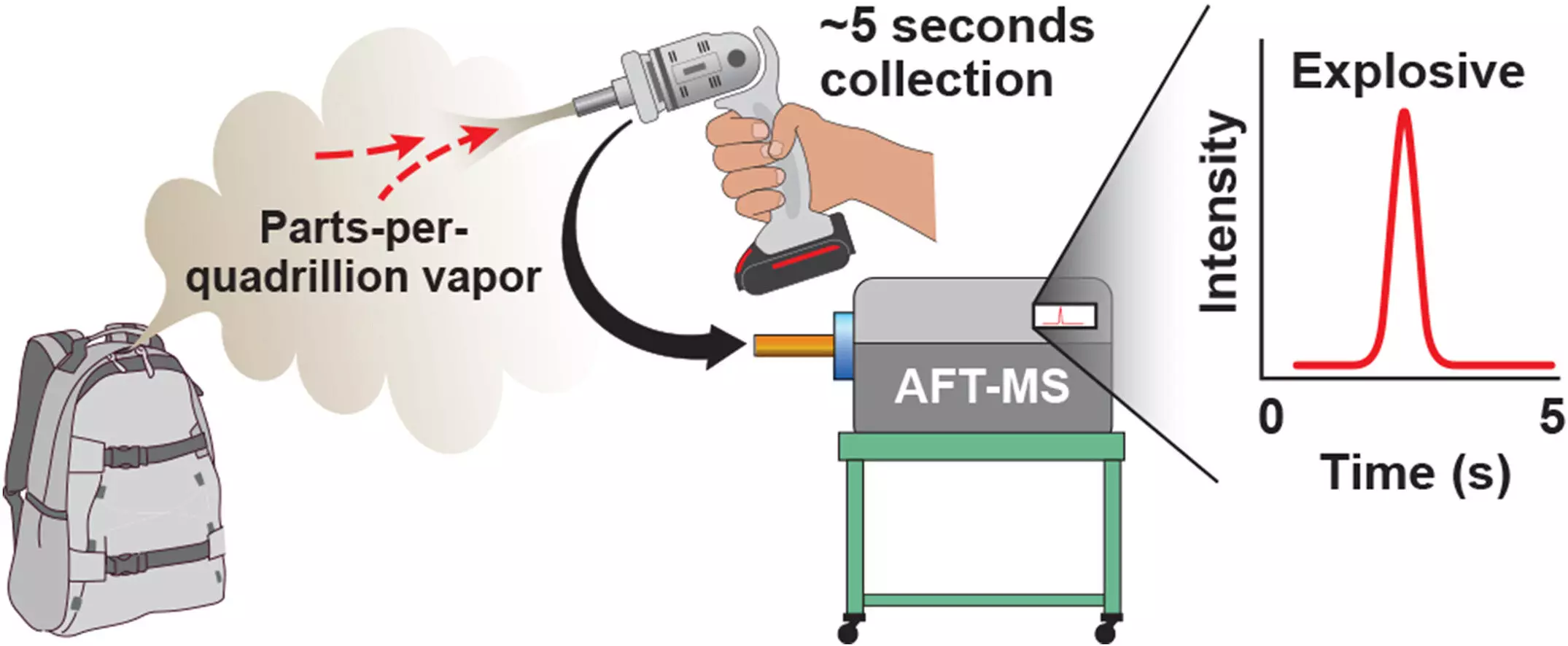Explosives are always a major concern in terms of safety and security. Scientists have been working tirelessly to come up with innovative ways to detect explosives more effectively and efficiently. Recently, a groundbreaking method was developed to detect trace amounts of hard-to-detect explosives like nitroglycerin and RDX from over eight feet away. This method, described in the journal Talanta, is a game-changer in the field of explosives detection.
The sensitivity of this new explosives detection technology is truly remarkable. It has the capability to identify explosives at a level of less than 10 parts per quadrillion, which is equivalent to being able to pluck out a single coin from a stack of pennies more than 17 million times higher than the height of Mount Everest. This level of sensitivity is unparalleled and sets a new standard in the realm of explosives detection.
The potential applications of this new technology are vast. From airport security to military operations, the ability to detect explosives from a distance of two to eight feet away can greatly enhance safety measures. By reducing the need to physically swipe clothing or luggage for traces of explosives, this technology can streamline security processes and ensure a more thorough screening of materials.
The technology developed by the team at the Department of Energy’s Pacific Northwest National Laboratory has been licensed to BaySpec Inc., a leading instruments manufacturing company in Silicon Valley. BaySpec plans to commercialize this technology for the detection of explosives and narcotics by 2025. This collaboration between the scientific community and industry highlights the potential for real-world applications of cutting-edge research.
The research team led by chemist Robert Ewing is not resting on its laurels. They are continuously pushing the boundaries of explosives detection technology by tackling materials with low vapor pressure that are traditionally difficult to detect. By exploring new approaches like standoff detection, the team hopes to expand the capabilities of their technology to address a wider range of threats, including drugs and other chemical substances.
The success of this project is a testament to the power of collaboration and innovation in the scientific community. By participating in workshops and conferences like the Trace Explosives & Drug Detection Workshop in Ireland, the team is able to exchange ideas and insights with experts in the field. Their work has been recognized with prestigious awards like the R&D 100 Market Disruptor Award, cementing their reputation as pioneers in explosives detection technology.
The development of this new explosives detection technology represents a significant leap forward in the ongoing effort to enhance safety and security. With its unprecedented sensitivity and potential for commercialization, this technology has the potential to revolutionize the way we detect and prevent threats from explosives and other hazardous materials. As research continues to advance and new innovations emerge, the future of explosives detection looks brighter than ever.


Leave a Reply